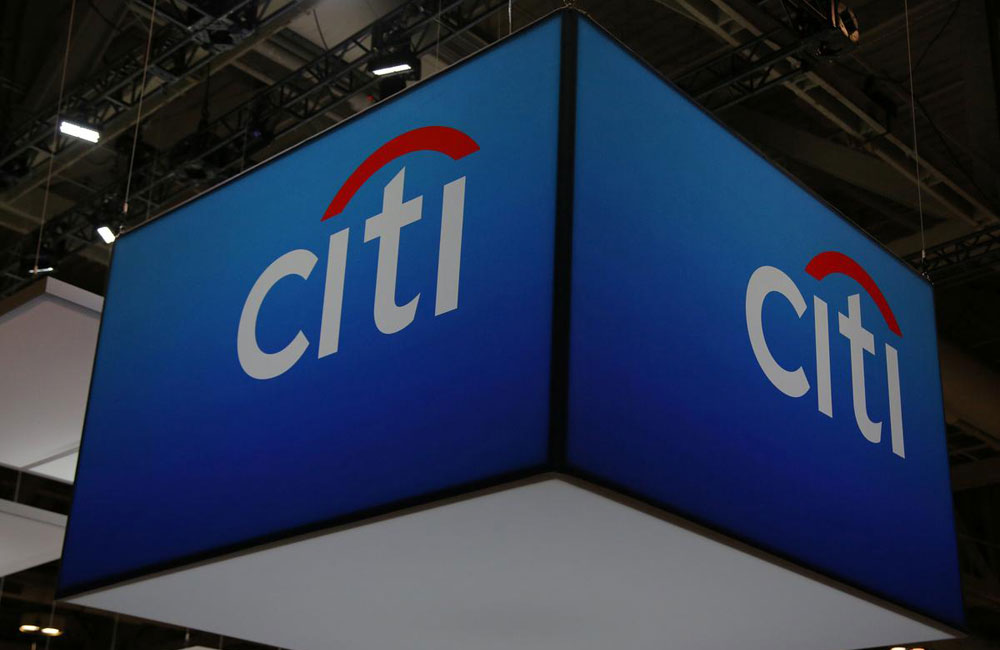Sri Lanka government’s lack of debt restructuring strategy and the uncertainties around the Central Bank’s debt servicing mechanism is set to drag the country into further economic abyss, a Citigroup Global Markets Inc financial analysis report revealed. Sri Lanka's debt is on an unsustainable path and the government appears to be in denial running around the mulberry bush while officials continue to mention their willingness to pay, the global financial analyst said.
They remain cautious on Sri Lanka bonds as the road to restructuring is long without recommending getting involved in Sri Lanka bonds given the government's lack of a debt repayment strategy and the uncertainties around the government's willingness to engage with the International MOnetary Fund (IMF).
They noted that they cannot see a credible strategy for achieving debt sustainability and (external) repayment capacity beyond talking up their growth prospects and expecting this to attract foreign investment and other portfolio equity inflows.
The ability of financial repression to contain domestic borrowing costs is limited by rising debt ratios, still expected to grow amid a pro-growth 2021 Budget.
The report noted that net Foreign Direct Investment will finance about 40% of the current account deficit in 2021, and the rest will not be wholly covered by official multilateral and bilateral lending, let alone commercial funding, in the absence of an IMF policy reform backstop.
"Sri Lanka's government will be compelled to engage with the IMF to execute the restructuring. We expect a coupon haircut of around 52% to stabilize the debt at current levels, with maturity extensions 3-5 years across the curve," the report said.
Citigroup Global Markets Inc also assessed a scenario in which Sri Lanka does not engage with the IMF due to policy differences with the Fund.
In this case, a successful restructuring would be difficult and exit yields would be significantly higher than the 10-11 %, one would see in other countries with an IMF programme.
The exposure to the foreign currency carries about half of the total debt stock which is about 47% in 2020 exacerbating foreign exchange and rollover risk.
Of the total foreign currency debt stock of USD 35.3 billion, International Sovereign Bonds (ISB) dominate which accounts for almost 43% or USD 15 billion.
However, the debt to GDP ratio is projected to reduce below 75.5% by 2025 with the expected lower fiscal deficit aligned with higher economic growth, official sources said.

Leave your comments
Login to post a comment
Post comment as a guest